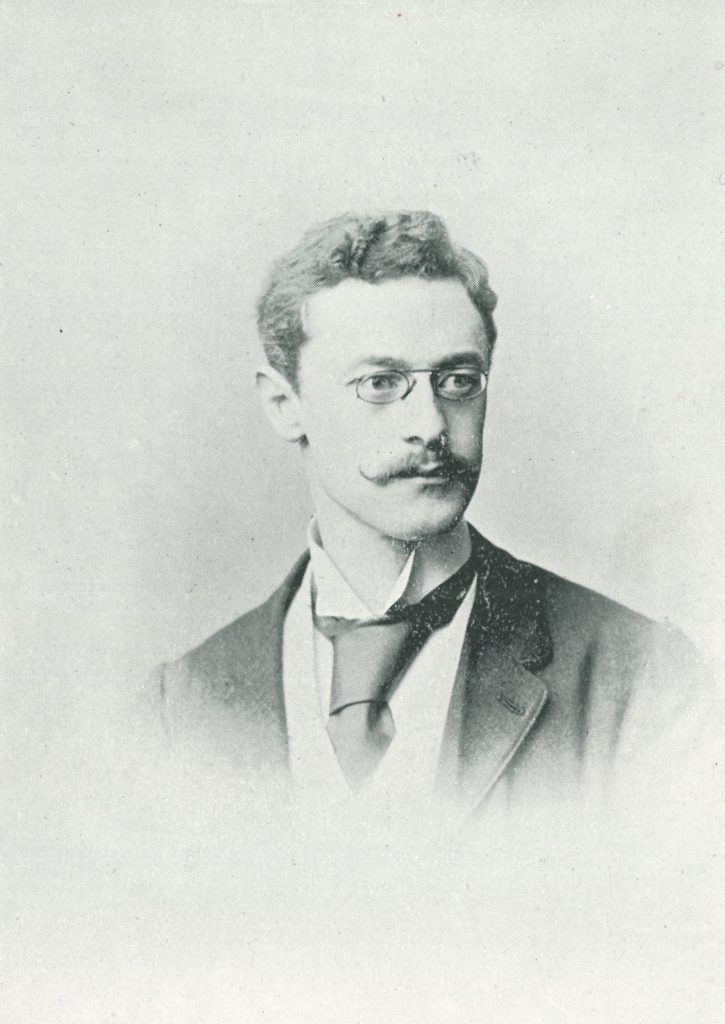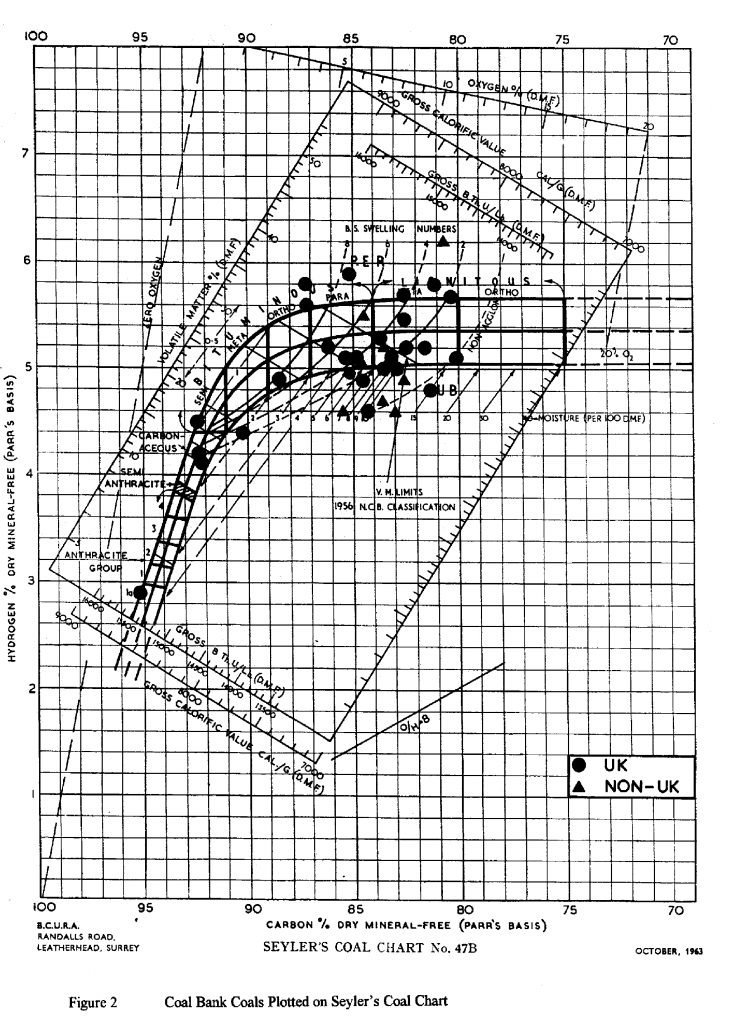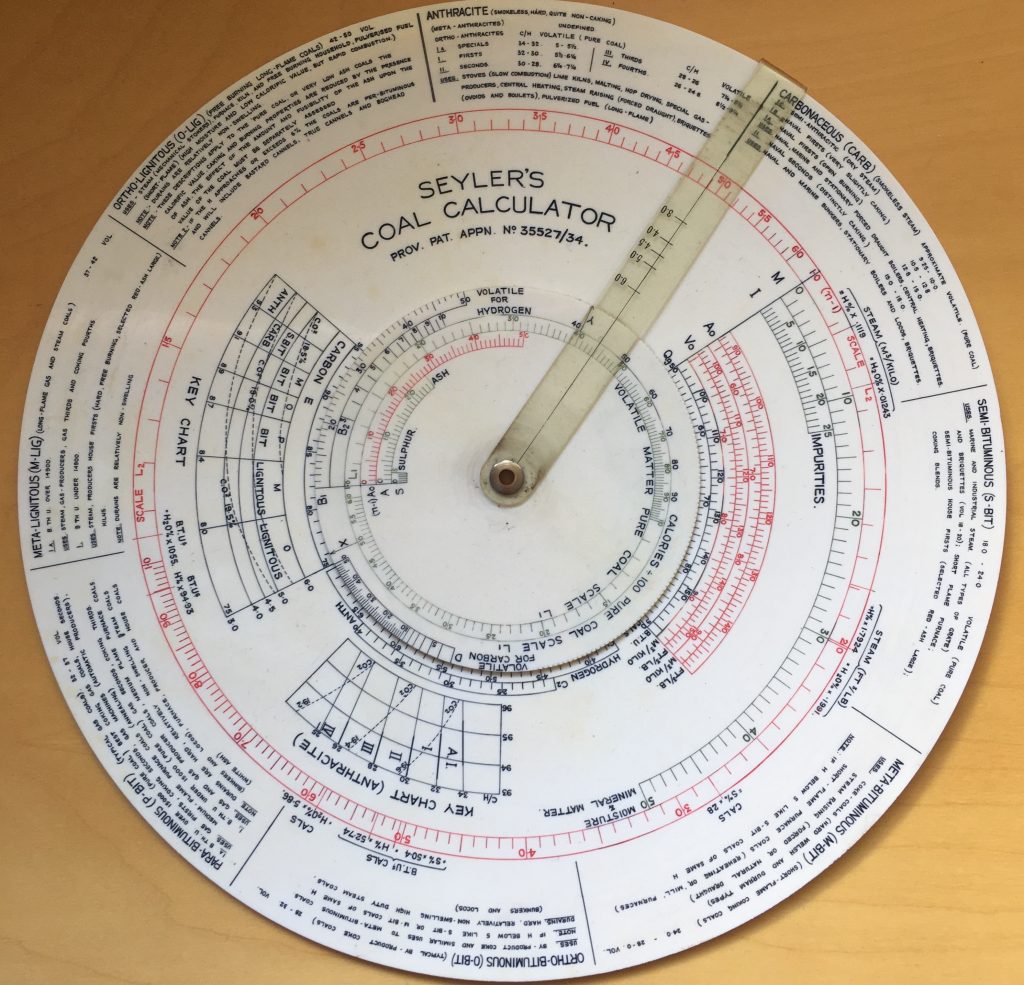
President of South Wales Institute of Engineers 1931
Clarence Arthur Seyler was an industrial chemist and public analyst based in Swansea; he was also a local historian.
A Londoner with a strong scientific education and practical laboratory experience, Seyler came to work in Swansea in 1891. He was appointed to assist William Morgan (Ph.D., Giessen), who was a chemist and Public Analyst with excellent commercial laboratories in Nelson Terrace and a thriving analytical, assaying and consulting practice. Morgan died in 1895, and for the next 47 years Seyler took over the Nelson Terrace Laboratories where he continued to provide chemical services, and to serve as Public Analyst for the counties of south Wales.
The importance of coal in the vast metallurgical industries of south Wales led Seyler to take up problems in classifying coals. He researched the chemical basis of the amount of heat released in the combustion of a unit amount of coal, i.e., its calorific value. Starting in 1899, with pioneering papers on the chemical composition of coals presented to the South Wales Institute of Engineers, he developed an internationally accepted system for the classification of coal based on the composition carbon and hydrogen, Seyler (1899, 1900, 1931, 1938, 1948). The system was captured and refined in the creation of the famous Seyler Coal Chart that offered access to data about volatile matter and calorific values of coals, and which was also published in the Institute’s Proceedings. The chart is accompanied by elegant equations for hydrogen and carbon, which are the basis of a circular calculator designed to aid engineers evaluations of coals and their suitablilty (Seyler 1948).
The South Wales Institute of Engineers awarded Seyler its Gold Medal in 1931, and in 1937 the Bar to it. Many other awards followed and his international reputation and authority grew. Seyeler was also made President of the Institute in January 1931.
Seyler gave readily of himself to institutions that interested him. He was President of the Royal Institution of South Wales (1932-33), and a council member of many bodies, including the National Museum of Wales(1926-58), and the Royal Institute of Chemistry (1912-15, 1924-27).
For a summary of his life and extraordinary achievements, see Rogers (2001) and Dixon (1960).
References
Dixon, S, Obituary: Clarence Arthur Seyler. Analyst, 85 (1960), 83-85. https://doi.org/10.1039/AN9608500083
Rogers, W. C., Seyler, Clarence Arthur (1866 – 1959), chemist and public analyst.
Dictionary of Welsh Biography, (2001). https://biography.wales/article/s2-SEYL-ART-1866
Seyler, C. A., The chemical classification of coal. Proceedings of the South Wales Institute of Engineers,21 (1899), 483-526.
Seyler, C. A., The chemical classification of coal. Part II. Proceedings of the South Wales Institute of Engineers, 22 (1900), 112-120.
Seyler, C. A., Presidential Address. Proceedings of the South Wales Institute of Engineers 47 (1931), 4-16.
Seyler, C. A., Petrography and the classification of coal. Proceedings of the South Wales Institute of Engineers 47 (1931), 549-555.
Seyler, C. A., Petrology and the classification of coal. Proceedings of the South Wales Institute of Engineers, 53 (1938), 254-327, 396-407
Seyler, C. A., The past and future of coal — the contribution of petrology. Proceedings of the South Wales Institute of Engineers, 63 (1948), 213-243.

